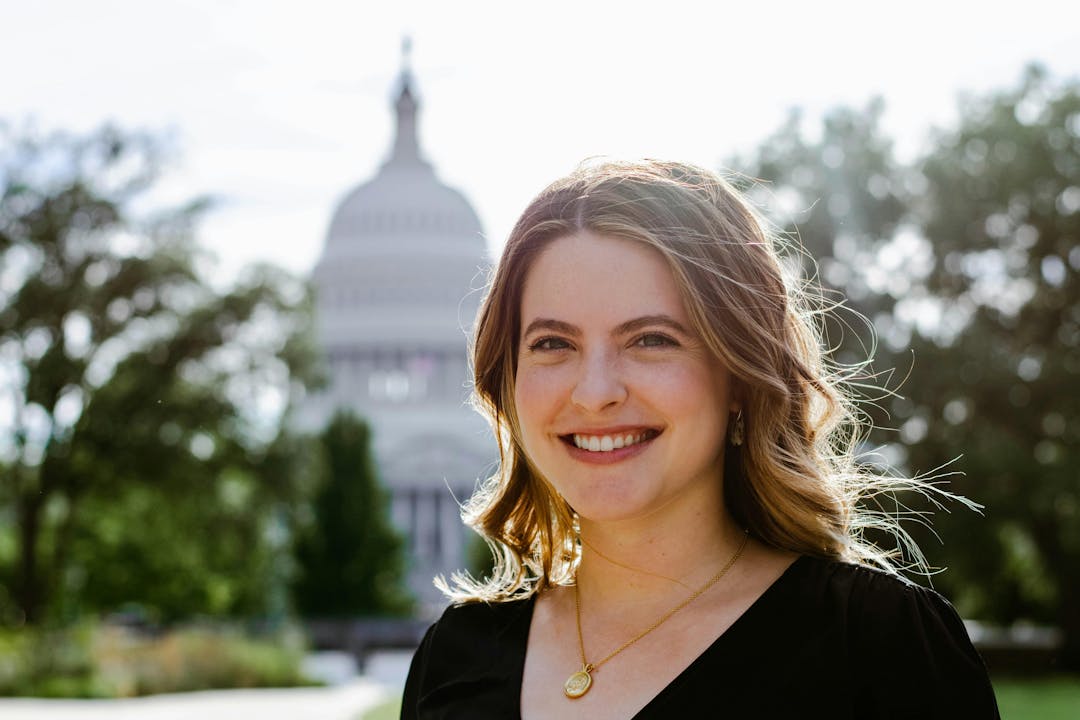Information Avoidance
The Basic Idea
“Hey Siri, what’s the weather like in New York City?” While we often take things like Siri and Google for granted, it is important to take a step back and think about how we have more accessibility to information now than at any time in human history. Why, then, do people go out of their way to avoid news or data that is potentially unsettling, or that conflicts with one’s own belief system when it is freely available at the touch of a button? This act of circumvention is called information avoidance, defined as intentionally avoiding or delaying information that is freely accessible but potentially undesirable.1 While it can sometimes be carried out for strategic reasons, it is usually done as a means to prevent the negative psychological consequences of knowing the information.
An example of this is an investor who avoids checking her stocks after a significant dip in the market. Her accounts are freely and easily accessible to her, however it is likely that what she would find in her account would make her feel distressed or worried. She, therefore, would rather continue on with her day without that additional drag on her emotions, and will check her stocks again once the market recovers.
A person often meets his destiny on the road he took to avoid it.
– Jean de La Fontaine, 17th century French poet and author ofThe Fables
About the Author
Lindsey Turk
Lindsey Turk is a Summer Content Associate at The Decision Lab. She holds a Master of Professional Studies in Applied Economics and Management from Cornell University and a Bachelor of Arts in Psychology from Boston University. Over the last few years, she’s gained experience in customer service, consulting, research, and communications in various industries. Before The Decision Lab, Lindsey served as a consultant to the US Department of State, working with its international HIV initiative, PEPFAR. Through Cornell, she also worked with a health food company in Kenya to improve access to clean foods and cites this opportunity as what cemented her interest in using behavioral science for good.



















